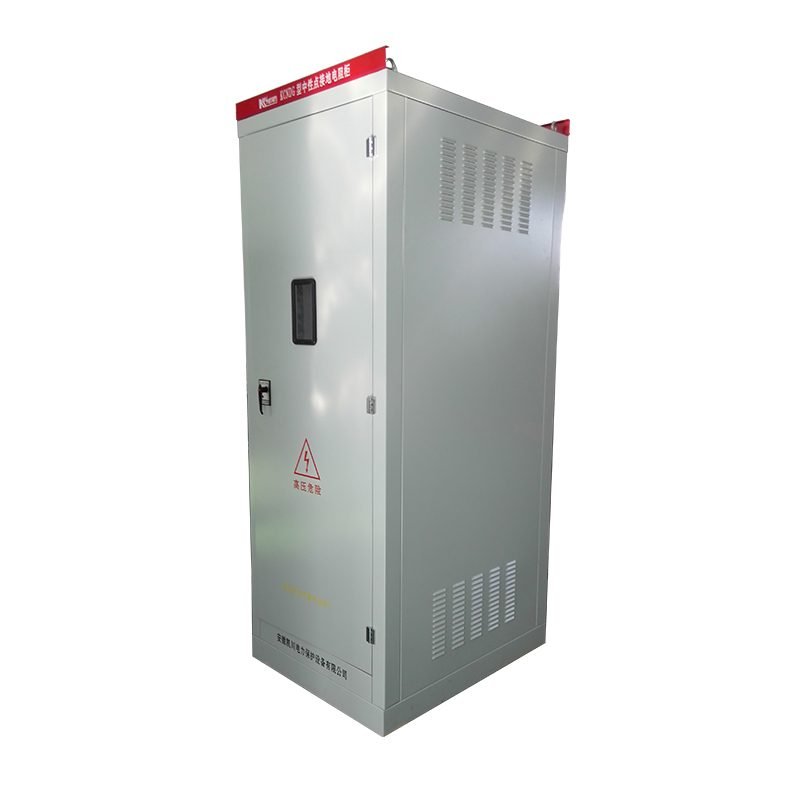What is Neutral Earthing Grounding Resistors
Neutral Earthing Grounding Resistors (NEGRs) are an important component of power systems. They are used to limit the fault current that flows through the neutral point of a transformer or generator during a fault. In this article, we will discuss what Neutral Earthing Grounding Resistors are, how they work, and their importance in power systems.
What are Neutral Earthing Grounding Resistors?
Neutral Earthing Grounding Resistors are resistors that are connected between the neutral point of a transformer or generator and earth. They are designed to limit the fault current that flows through the neutral point during a fault. This is important because a fault current flowing through the neutral point can cause significant damage to the equipment and can pose a safety risk to personnel.
How do Neutral Earthing Grounding Resistors work?
During normal operation, the neutral point of a transformer or generator is grounded to earth. This provides a low-impedance path for fault currents to flow back to the source, which helps to protect the equipment and personnel. However, if a fault occurs, such as a short circuit or a ground fault, a large amount of current can flow through the neutral point. This can cause the voltage at the neutral point to rise to a dangerous level, which can damage the equipment and pose a safety risk.
Neutral Earthing Grounding Resistors are designed to limit the fault current that flows through the neutral point by increasing the impedance of the grounding path. When a fault occurs, the resistor limits the current that flows through the neutral point, which helps to protect the equipment and personnel. The resistor also limits the voltage rise at the neutral point, which helps to prevent damage to the equipment.
Importance of Neutral Earthing Grounding Resistors in Power Systems
Neutral Earthing Grounding Resistors are an important component of power systems for several reasons:
Protect equipment: Neutral Earthing Grounding Resistors help to protect equipment by limiting the fault current that flows through the neutral point. This helps to prevent damage to the equipment and can reduce downtime.
Ensure safety: Neutral Earthing Grounding Resistors help to ensure the safety of personnel by limiting the fault current that flows through the neutral point. This reduces the risk of electric shock and other hazards.
Meet regulatory requirements: Neutral Earthing Grounding Resistors are often required by regulatory agencies to ensure the safe operation of power systems. Failure to comply with these requirements can result in fines and other penalties.
Reduce system downtime: By limiting the fault current that flows through the neutral point, Neutral Earthing Grounding Resistors can help to reduce system downtime and improve reliability.
Conclusion
Neutral Earthing Grounding Resistors are an important component of power systems. They help to protect equipment, ensure the safety of personnel, meet regulatory requirements, and reduce system downtime. By limiting the fault current that flows through the neutral point, Neutral Earthing Grounding Resistors can help to prevent damage to equipment and reduce the risk of electric shock and other hazards. It’s important to ensure that Neutral Earthing Grounding Resistors are properly designed and installed to ensure their effectiveness in protecting power systems.
